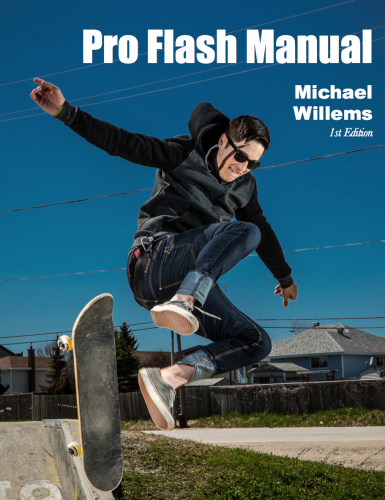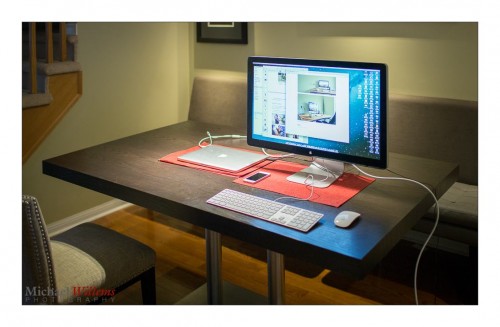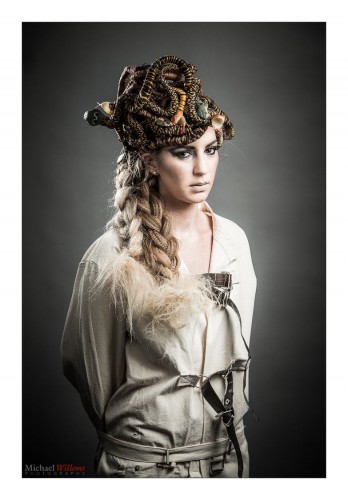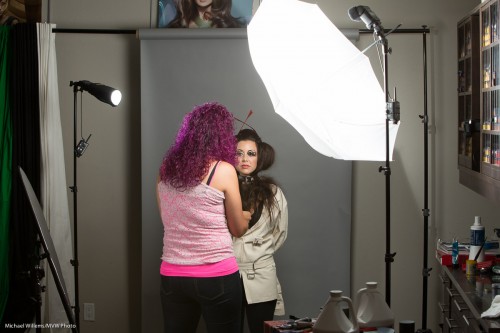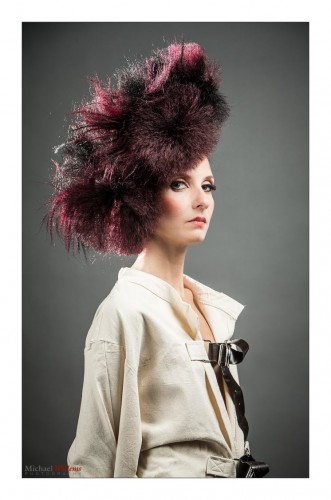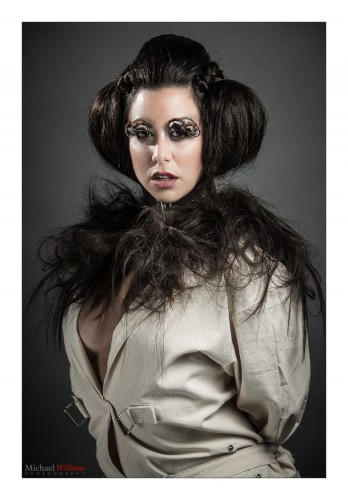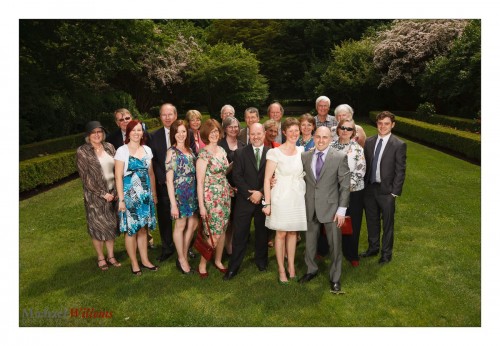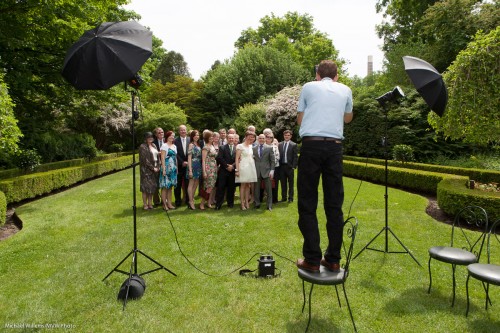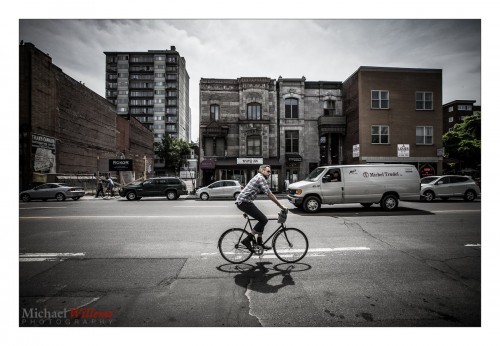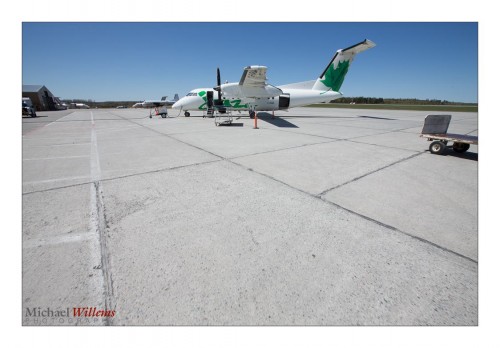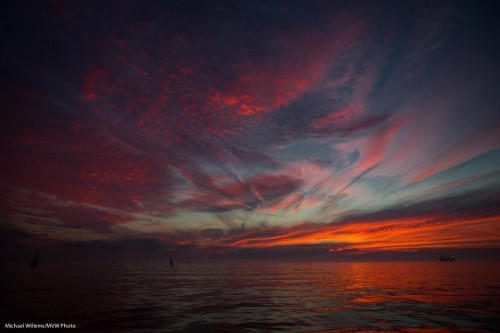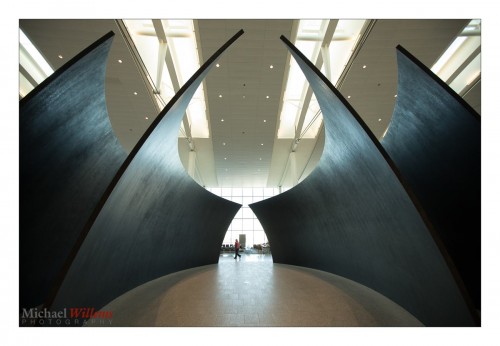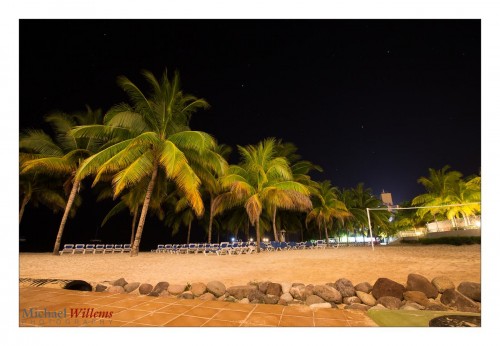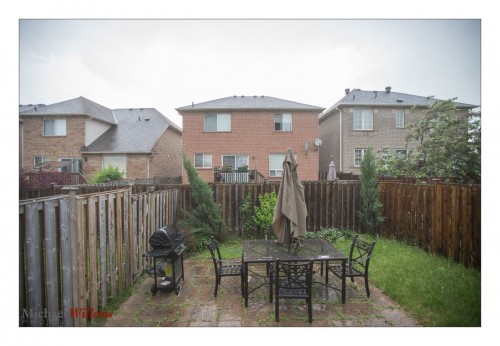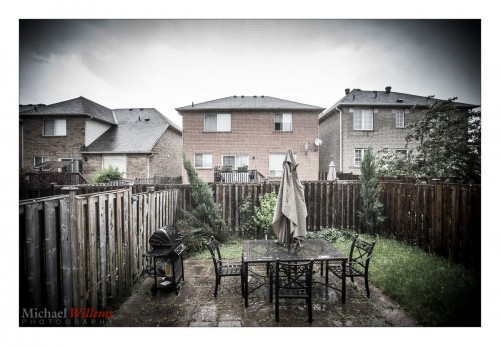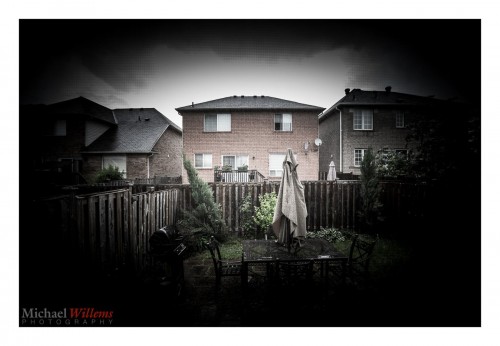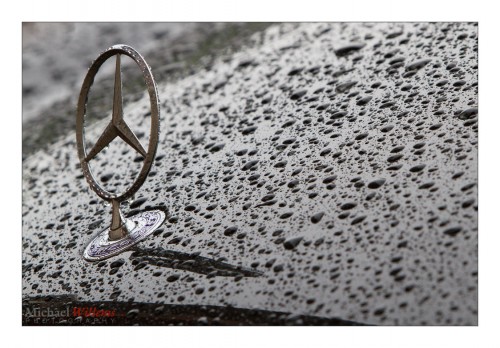Announcing the release of what in many ways is my Magnum Opus: my long awaited Flash Photography book!
SATURDAY, 8 JUNE: IT HAS JUST TURNED TOMORROW!
This is a downloadable e-Book (that is: you pay, and I send you the link by return, usually in minutes), in convenient PDF format:
This 123-page PDF lays out, in a very logical fashion, everything I know about flash. This book has been a long time coming because the main thing I wanted to solve was the question of how to teach flash properly. Flash I already knew; how best to convey what I know took longer. But it’s done!
“I find this one is almost like you are there explaining it in person. It makes me want to go out and try what I have just read”. – Lisa J, Timmins, ON
Many years practice in both doing and teaching flash photography, and my prior business experience and engineering education, resulted in what I think this is the perfect way to convey my knowledge.
You judge – $19.95 for the 123-page manual, packed with information, and richly illustrated with examples. Buy here.
Chapter titles:
Introduction 8
A Few Words About Learning 10
Photography Basics 12
Flash Basics 25
The Flash/Ambient Mix 36
Modifying Flash 44
Problem Solving 62
Using One Flash 74
Off Camera Flash 97
What You Need 113
And from here? 120
This book will change the way you look at flash. Instead of thinking of flash as a way to add light, you will think of flash as your creative tool par excellence; and as a tool that makes things easier.
This book will demystify flash. The things you never thought were easy, actually are. The secrets will be unlocked. You will frequently say “Is that how it works?”.
This will make you creative. Creativity is often hampered not by lack of thoughts, but by lack of knowledge. Knowledge and ideas are what you need: Problem Solved!
This book will take away your misconceptions. There are many common misconceptions and half truths. This manual teaches you the real truth behind them.
This book will allow you to get results from your current camera. Even if you only have simple equipment, I will teach you how to use it well. You do not need studios to get studio results!
This book will give you checklists. There are many good rules of thumb, starting points, and checklists included. This is often the secret to good results.
The eBook format has some unique advantages for you:
- CONVENIENCE: this is an Electronic Book formatted for reading on iPad and on your computer. I do not addle you with “Digital rights management” restrictions like most book authors. You will never see “not authorized on this device”. You can copy and read it on all your devices, forever. I trust my customers.
- COST: Because I self publish my books, there’s no Middle Man like Amazon, Google or Apple to take a large portion of the money. That means I can keep the cost down for you. Comparable books on similar subjects cost three or four times more.
- FUTURE PROOF: It’s digital. There will be a second edition soon, no doubt, with any misconceptions explained and errors fixed and new material added – and when that happens, you are entitled to the new edition at no extra cost!
Many years of Flash photography knowledge for just a few dollars: head on over to http://www.michaelwillems.ca/Buy_Book.html and get your copy. And take pro shots by the end of this weekend!

